Do you have a question about the Daikin EWWQ-G and is the answer not in the manual?
General safety precautions for installation, start-up, and servicing.
Guidelines for preventing electrocution during servicing and maintenance.
Overview of the three different kinds of safety devices installed on the unit.
Description of the unit controller's role in managing chillers and heat pumps.
Details on connecting communication modules for BAS integration.
Explanation of how to navigate and interact with the Human Machine Interface (HMI).
Information on the two-level password structure for accessing settings.
Details the structure and options available in the main menu of the controller.
Grouped settings for unit configuration, including thermostat and network control.
Settings related to evaporator and condenser pump control and priority.
Configuration and monitoring for the Master/Slave function in multi-chiller systems.
Grouped settings for individual refrigerant circuits, including compressor info.
Setting water temperature setpoints for various operating modes.
Selection of various operating modes for the unit.
Links to alarm pages, providing details on active and historical alarms.
Settings for configuring and calibrating the unit and its sensors.
Basic settings required for unit start-up, set by the customer.
Details thermostat control settings and compressor start/stop conditions.
Factory default alarm limits and those needing adjustment for specific applications.
Description of the unit and circuit start-up sequences.
How circuit capacity is adjusted and limitations that override control.
Description of the Master/Slave control logic for multi-chiller plants.
Details on unit warning alarms, including symptom, cause, and solution.
Alarms that stop the unit, requiring pumpdown and root-cause fixing.
Alarms causing immediate unit shutdown without normal procedure.
Alarms related to the Master Slave function's communication and configuration.
Alarms that stop a circuit immediately but allow restart after timers expire.
Alarms causing immediate circuit stop to prevent component damage.
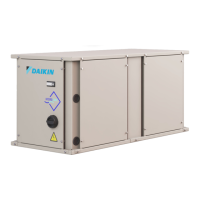


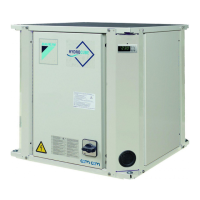
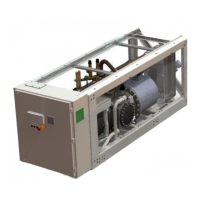
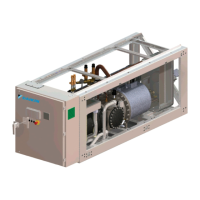



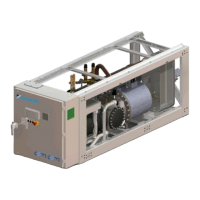


